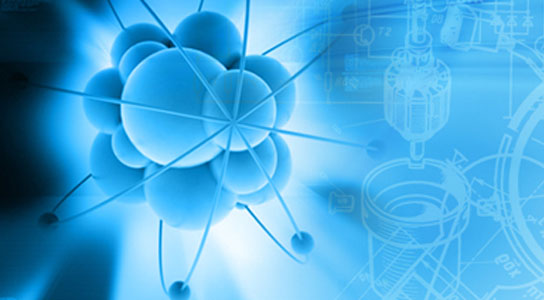
Researchers have designed a new small reactor with “passive” safety systems that automatically activate in case of accidents, requiring no human intervention. Credit: Argonne National Laboratory
Researchers at the Argonne National Laboratory designed a new small reactor cooled by lead that has several key safety features. The Sustainable Proliferation-resistance Enhanced Refined Secure Transportable Autonomous Reactor, or SUPERSTAR, has rods that will automatically drop into the core without electricity and it uses natural circulation, a process that exploits a law of physics to move the coolant instead of relying on electricity.
Though most of today’s nuclear reactors are cooled by water, we’ve long known that there are alternatives; in fact, the world’s first nuclear-powered electricity in 1951 came from a reactor cooled by sodium. Reactors cooled by liquid metals such as sodium or lead have a unique set of abilities that may again make them significant players in the nuclear industry.
At the U.S. Department of Energy’s (DOE) Argonne National Laboratory, a team led by senior nuclear engineer James Sienicki has designed a new small reactor cooled by lead—the Sustainable Proliferation-resistance Enhanced Refined Secure Transportable Autonomous Reactor, or SUPERSTAR for short.
Small modular reactors, or SMRs, are small-scale nuclear plants that are designed to be factory-manufactured and shipped as modules to be assembled at a site. They can be designed to operate without refueling for 15 to 30 years. The concept offers promising answers to many questions about nuclear power—including proliferation, waste, safety and start-up costs.
SUPERSTAR is an example of a so-called “fast reactor,” a type fundamentally different from the light-water reactors common today. Light-water reactors use water both as a coolant and as a moderator to slow down neutrons created in the fuel as it fissions. Instead, fast reactors use materials that don’t slow down neutrons—often a liquid metal, such as sodium or lead.
Like all new generations of reactors, SUPERSTAR has “passive” safety systems—backup safety measures that kick in automatically, without human intervention, in case of accidents. For example, all reactors have control rods incorporating substances that absorb neutrons and stop nuclear chain reactions. SUPERSTAR’s rods can be suspended above the reactor core held in place by electricity. If the plant loses power, the control rods will automatically drop into the core and stop the reaction.
In addition, SUPERSTAR’s lead coolant is circulated around the core by a process called natural circulation. While existing plants use electrically driven pumps to keep the water moving, SUPERSTAR exploits a law of physics to move the coolant.
“In any closed loop, with heat at the bottom and cooling on top, a flow will develop, with the heated stream rising to the top and cooled stream going down,” explained Anton Moisseytsev, an Argonne nuclear engineer also working on the reactor design. “The SUPERSTAR design takes advantage of this feature—its lead coolant is circulated solely by natural circulation, with no pumps needed. And of course, having no pumps means no pump failures.”
This means that if the plant loses power, as happened at the Fukushima Daiichi plant in Japan, the reactor does not need electricity to cool the core after shutdown.
Although the SMR concept has been around for decades, the idea has gained greater traction in recent years. Both President Obama and U.S. Department of Energy Secretary Steven Chu have extolled the virtues of SMRs; Secretary Chu said their development could give American manufacturers a “key competitive edge.”
For example, the smaller size of SMRs gives them greater flexibility. “A small grid in a developing nation or a rural area may not need the 1,000 megawatts that a full-size reactor produces,” Sienicki said. “In addition, SUPERSTAR can adjust its own power output according to demand from the grid.”
Sienicki and his colleagues designed the reactor so that it could be shipped, disassembled, on a train. SMRs have been pinpointed for use in developing nations or outlying areas; these plants could be dropped off at a site and easily installed.
Because the plant runs for decades on a single installment of fuel—and operators need never directly interact with the fuel, which is sealed in the core—SMRs also address proliferation concerns. Reducing access to the fuel lowers all the risks associated with creating and changing fuel, such as uranium enrichment technology.
Finally, SMRs could also offer cost benefits. After major cost overruns on plants in the 1980s, investors have been wary of financing new nuclear plants. Small modular reactors reduce the risk in investing in new plants; the start-up cost would be less than those for full-size reactors. In addition, the parts for the reactors could be manufactured in assembly lines at factories, further diminishing the cost.
Several European countries have shown interest in lead-cooled reactors, Sienicki said. Studies such as Cinotti et. al (“The ELSY Project,” International Conference on the Physics of Reactors, 2008) suggest that they may be cheaper to build than sodium-cooled reactors.
A paper, “An Improved Natural Circulation, Lead-Cooled, Small Modular Fast Reactor for International Deployment,” was presented at the 2011 International Congress on Advances in Nuclear Power Plants. Argonne nuclear engineers Jim Sienicki and Anton Moisseytsev co-authored the paper, along with Argonne’s Gerardo Aliberti, Sara Bortot at the Politecnico di Milano, Italy and Qiyue Lu at the University of Illinois at Urbana-Champaign.


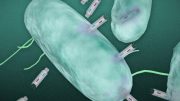

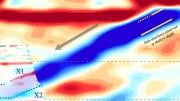
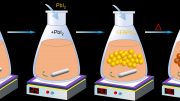
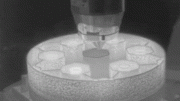
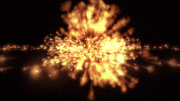
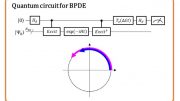
Be the first to comment on "‘SUPERSTAR’ Reactor has Important Safety Features"